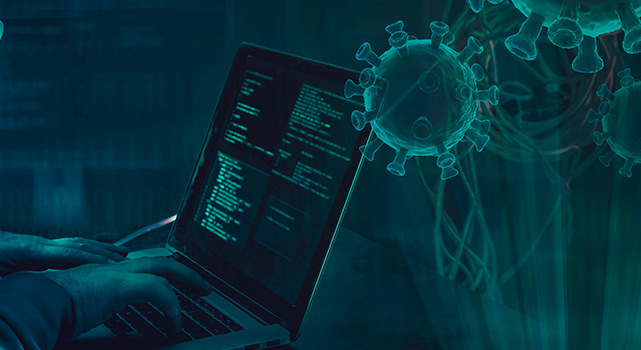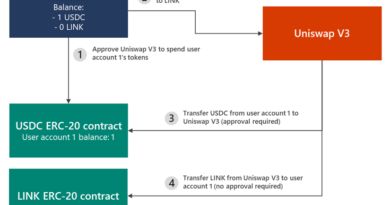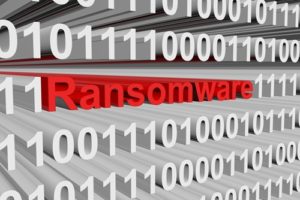Reduce Instances of Covid-19 Phishing Email Attacks VP, Threat Intelligence


In my previous post, I focused on how the report we commissioned Ostermann Research to conduct showed the challenges with ransomware and phishing. For this article I would like to focus on a different area of the report which covered the affects of the Covid-19 pandemic on phishing.
Phishing has been a regularly used threat by malicious actors for many years. Prior to the global Covid-19 pandemic, actors used the latest news topics and events in their attacks. We saw phishing emails based on the Olympics, election cycles, disasters, and other news. However, these were transitory and only allowed the cybercriminals to utilize the information for a short period of time. The pandemic has created them an unlimited supply of news and topics to utilize in their attacks. Examples are:
- ⁃Infection numbers
- ⁃Death tolls
- ⁃Work from home information
- ⁃Vaccination information
Since all of these were constantly changing with new information coming out on a daily basis, the malicious actors had the ability to use this information to better target their victims. The other aspect was their ability to spoof many of the major organizations dealing with the pandemic, like the WHO, UNESCO, the USA CDC, and many of the pharmaceutical manufacturers which violated the trust factor many people had with these organizations. We saw spam, phishing emails, business email compromise (BEC), drive-by downloads, and other threats all utilizing Covid related themes in their attacks. Many of these attacks target employees in attempts to gain access to the corporate network. When the pandemic hit, many employees shifted to working from home, yet the attacks didn’t diminish. Many organizations struggled (and still do) to secure their employee’s home environment.
As the Osterman research shows:
“72% of organizations believed they lack effectiveness at securing employees’ home infrastructure and preventing it from being a conduit for cyberattacks into the corporate network.” This shows that after over 1 year of dispersed workforce, organizations still don’t feel confident in remote work security. This makes me wonder if we were to experience another pandemic situation, would we be better prepared?
The report also mentions the Threat Forecast, which predicts the following:
- ⁃Phishing Continues
- ⁃Ransomware Intensifies
- ⁃Targeted & timed for maximum (devastating) effect
We’ve also released an article that discusses the post pandemic security landscape that can help you understand what may come next. Suffice to say, organizations will continue to be targeted with phishing and other related threats that use the latest news, events, disasters, etc. To combat these threats, organizations can do the following:
- Implement an organization-wide security awareness program that regularly trains and educates all employees of phishing and other threats.
- Revisit their email and web security solutions to ensure they are using the latest iterations and have enabled many of the advanced detection technologies that can detect phishing threats
- Implement strong account credential protection including multi-factor authentication to protect stolen account credentials via phishing
Read more from the from Osterman Research, How to Reduce the Risk of Phishing and Ransomware
Read More HERE


